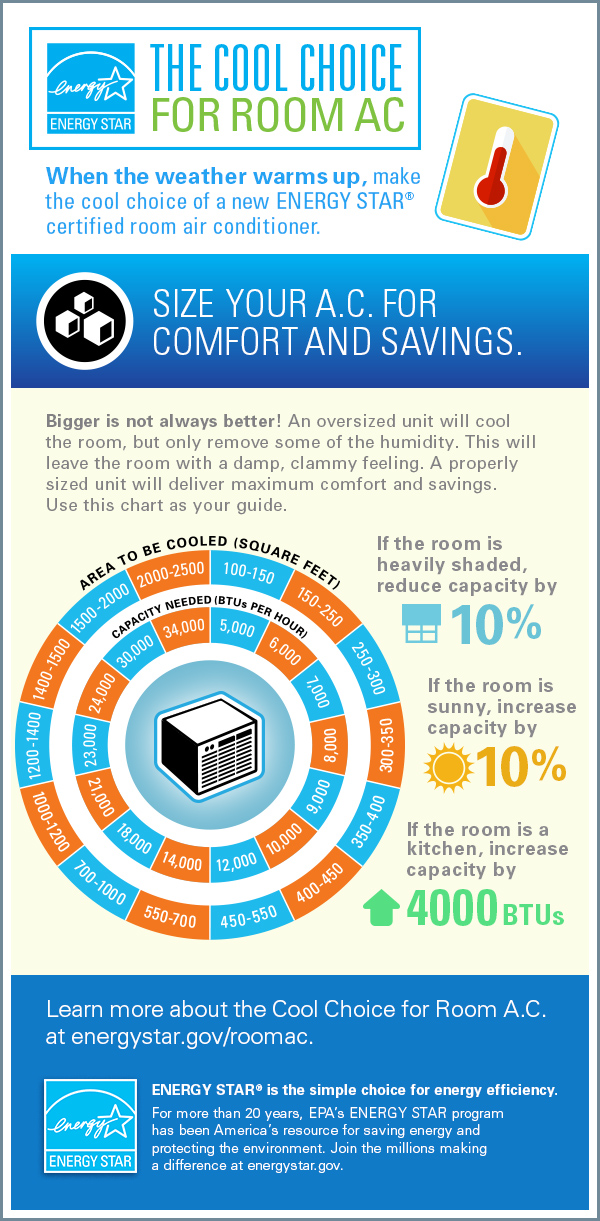The Ultimate Guide To Understanding Warm Pumps - Exactly How Do They Function?
The Ultimate Guide To Understanding Warm Pumps - Exactly How Do They Function?
Blog Article
https://troyalxis.ourcodeblog.com/29455149/heatpump-vs-furnace-which-is-the-better-heating-choice-for-your-home -Junker Hemmingsen
The best heatpump can save you considerable quantities of money on power expenses. They can also help reduce greenhouse gas exhausts, particularly if you use electrical energy in place of nonrenewable fuel sources like lp and home heating oil or electric-resistance furnaces.
Heat pumps work quite the same as air conditioning system do. This makes them a feasible choice to traditional electrical home furnace.
How They Function
Heat pumps cool homes in the summer season and, with a little aid from electricity or natural gas, they provide some of your home's home heating in the winter. They're a great option for people that intend to decrease their use of fossil fuels yet aren't ready to change their existing heater and air conditioning system.
They rely on the physical truth that even in air that seems also cold, there's still power existing: cozy air is constantly moving, and it wants to relocate right into cooler, lower-pressure atmospheres like your home.
The majority of ENERGY STAR certified heatpump operate at near their heating or cooling capability throughout most of the year, minimizing on/off cycling and saving energy. For the very best efficiency, concentrate on systems with a high SEER and HSPF rating.
The Compressor
The heart of the heatpump is the compressor, which is additionally called an air compressor. This mechanical flowing tool makes use of prospective energy from power production to boost the pressure of a gas by minimizing its quantity. It is different from a pump because it just services gases and can not work with liquids, as pumps do.
Climatic air goes into the compressor through an inlet shutoff. christchurch ventilation systems installation travels around vane-mounted arms with self-adjusting size that separate the interior of the compressor, developing multiple tooth cavities of varying dimension. The rotor's spin forces these cavities to move in and out of stage with each other, compressing the air.
The compressor pulls in the low-temperature, high-pressure cooling agent vapor from the evaporator and compresses it right into the warm, pressurized state of a gas. This procedure is repeated as required to provide home heating or cooling as needed. The compressor likewise contains a desuperheater coil that recycles the waste warmth and includes superheat to the refrigerant, transforming it from its fluid to vapor state.
The Evaporator
The evaporator in heatpump does the very same thing as it carries out in refrigerators and air conditioning system, transforming fluid refrigerant right into a gaseous vapor that eliminates heat from the area. Heatpump systems would not function without this critical tool.
This part of the system is located inside your home or building in an interior air handler, which can be either a ducted or ductless system. It includes an evaporator coil and the compressor that compresses the low-pressure vapor from the evaporator to high pressure gas.
Heat pumps absorb ambient warm from the air, and then utilize power to move that warm to a home or organization in heating mode. That makes them a great deal extra power effective than electric heaters or heating systems, and because they're utilizing tidy electrical energy from the grid (and not burning fuel), they also produce much less emissions. That's why heatpump are such great environmental options. (Not to mention a huge reason they're becoming so popular.).
The Thermostat.
Heat pumps are fantastic alternatives for homes in cool environments, and you can utilize them in combination with typical duct-based systems and even go ductless. They're a terrific alternative to fossil fuel heater or conventional electric furnaces, and they're extra lasting than oil, gas or nuclear HVAC equipment.
Your thermostat is the most important component of your heat pump system, and it works very in a different way than a conventional thermostat. All mechanical thermostats (all non-electronic ones) work by using compounds that alter dimension with increasing temperature level, like curled bimetallic strips or the increasing wax in an auto radiator valve.
These strips contain 2 various sorts of metal, and they're bolted together to form a bridge that finishes an electric circuit attached to your heating and cooling system. As how are heat pumps installed gets warmer, one side of the bridge increases faster than the various other, which triggers it to flex and signal that the heating unit is required. When the heat pump remains in home heating mode, the reversing shutoff reverses the flow of refrigerant, to ensure that the outdoors coil now functions as an evaporator and the indoor cylinder becomes a condenser.